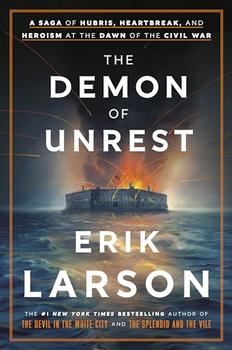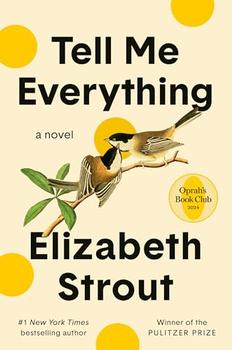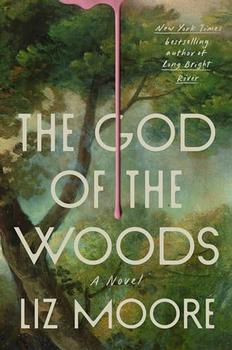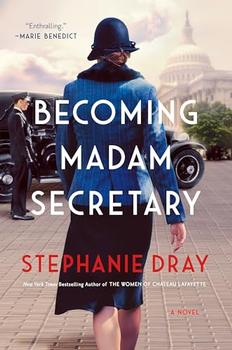Summary | Excerpt | Reviews | Readalikes | Genres & Themes | Author Bio

PROLOGUE:
The Distance Traveled
"Ambition leads me not only farther than any other man has been before me, but as far I think it possible for man to go."
Just after dark on February 16,1779, a kahuna, or holy man, rode a canoe to His Majesty's Sloop Resolution, anchored off the coast of Hawaii. The kahuna came aboard with a bundle under his arm. Charles Clerke, the ship's commander, unwrapped the parcel in the presence of his officers. He found "a large piece of Flesh which we soon saw to be Human," Clerke wrote in his journal. "It was clearly a part of the Thigh about 6 or 8 pounds without any bone at all."
Two days before, islanders had killed five of the ship's men on the lava shoreline of Kealakekua Bay, and carried off the bodies. Nothing had been seen of the corpses since. Unsure what to make of the kahuna's grisly offering, Clerke and his men asked if the rest of the body had been eaten. The Hawaiian seemed appalled by this question. Did Englishmen eat their foes?
Hawaiians weren't cannibals, the kahuna said. They cut up and cooked the bodies of high chiefs to extract certain bones that possessed godly power. Islanders distributed these remains among their leaders, and discarded the flesh. Hence the kahuna's return of the deboned thigh, "which," Clerk wrote, "he gave us to understand was part of our late unfortunate Captain."
James Cook, the Resolution's captain, was one of the five men who had died on shore. There was no way of knowing for certain if this pungent thigh belonged to him. But several days later, the Hawaiians delivered another package, bundled in a feathered cloak. This one contained scorched limbs, a scalp with the ears attached and hair cut short, and two hands that had been scored and salted, apparently to preserve them. Fifteen years earlier, a powder horn had exploded in Cook's right hand, leaving an ugly gash. This "remarkable Cut," one of his lieutenants wrote, remained clearly visible on the severed right hand delivered to the ship.
While the Hawaiians were disbursing Cook's bones among their leaders, the English performed a parallel ritual aboard the Resolution. Officers and "gentlemen" divided and sold the captain's clothes and other effects, in accordance with shipboard custom. Two and a half years out from home, in waters no other Europeans had sailed before, the English needed the useful items in the dead captain's kit.
On the evening of February 21, the English put their flags at half-mast, crossed the ship's yards, tolled bells, and fired a ten-gun salute. "I had the remains of Capt Cook committed to the deep," Charles Clerke wrote, "with all the attention and honour we could possibly pay it in this part of the World."
The thirty-seven-year-old Clerke, who had inherited command of the Resolution following Cook's death, was himself dying, from tuberculosis. As the ship weighed anchor, he retired to his cabin, turning the quarterdeck over to Lieutenant James King and to the ship's brilliant but testy young master, William Bligh.
"Thus we left Karacacooa bay," King wrote, "a place become too remarkably famous for the very unfortunate & Tragical death of one of the greatest Navigators our Nation or any Nation ever had."
Half a world away from Kealakekua Bay, in a sodden Yorkshire churchyard, a single headstone recalls the family into which James Cook was born. "To Ye Memory of Mary and Mary, Jane and William," the inscription reads, listing siblings who perished by the age of five. The stone also mentions James's older brother, John, who died at the age of twenty-three. A second epitaph commemorates the mother and father of this short-lived brood: "James and Grace Cook were the parents of the celebrated circumnavigator Captain James Cook who was born at Marton Oct. 27th, 1728," the inscription says, "and killed at Owhyhee December 14th, 1779."
Copyright © 2002 Tony Horwitz




Your guide toexceptional books
BookBrowse seeks out and recommends the best in contemporary fiction and nonfiction—books that not only engage and entertain but also deepen our understanding of ourselves and the world around us.